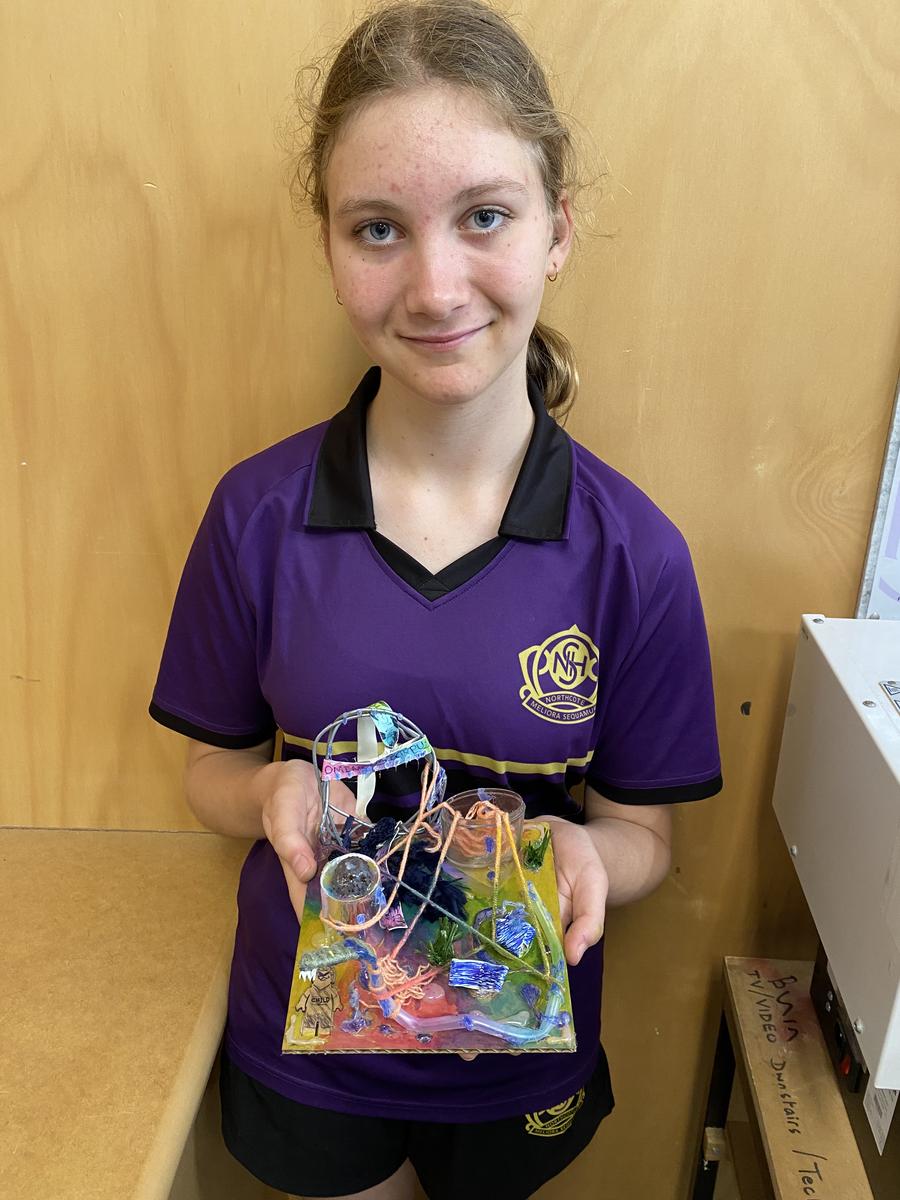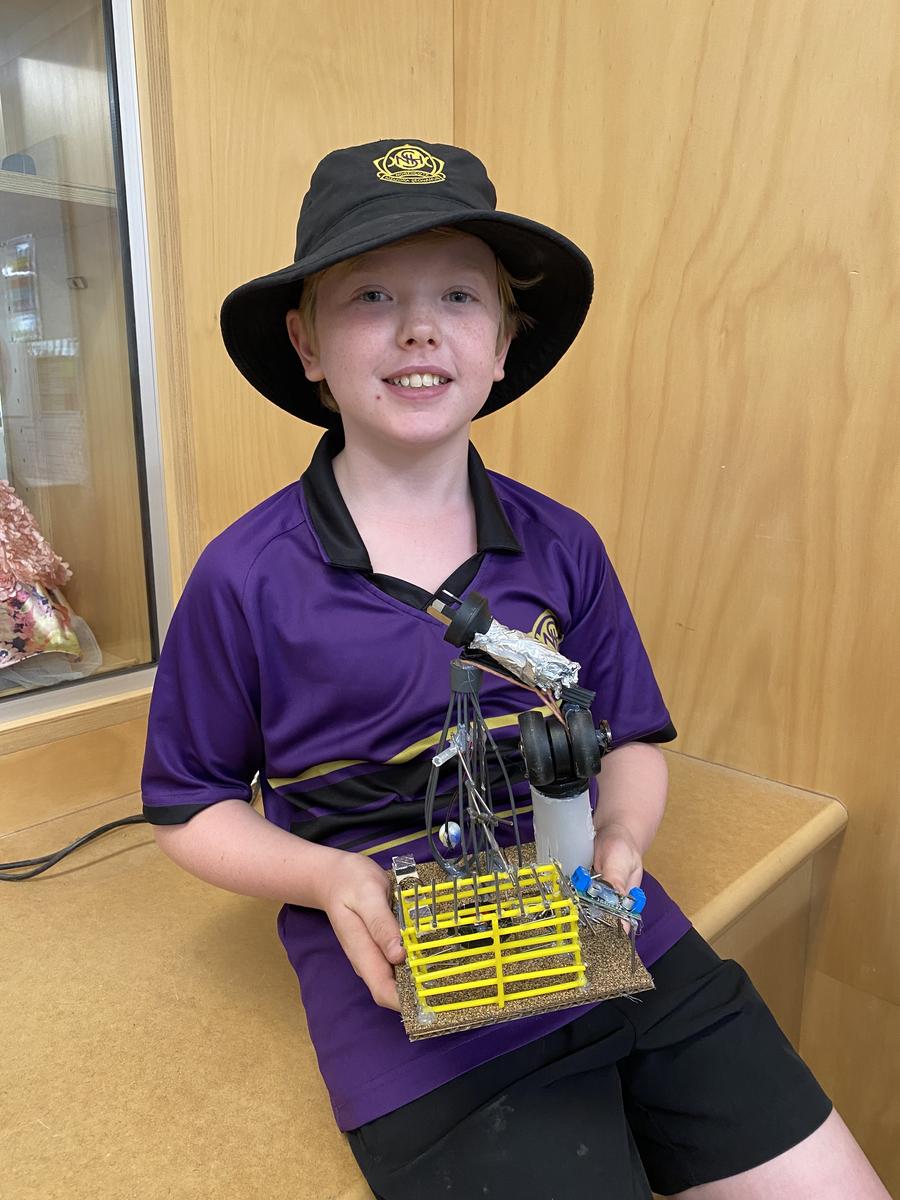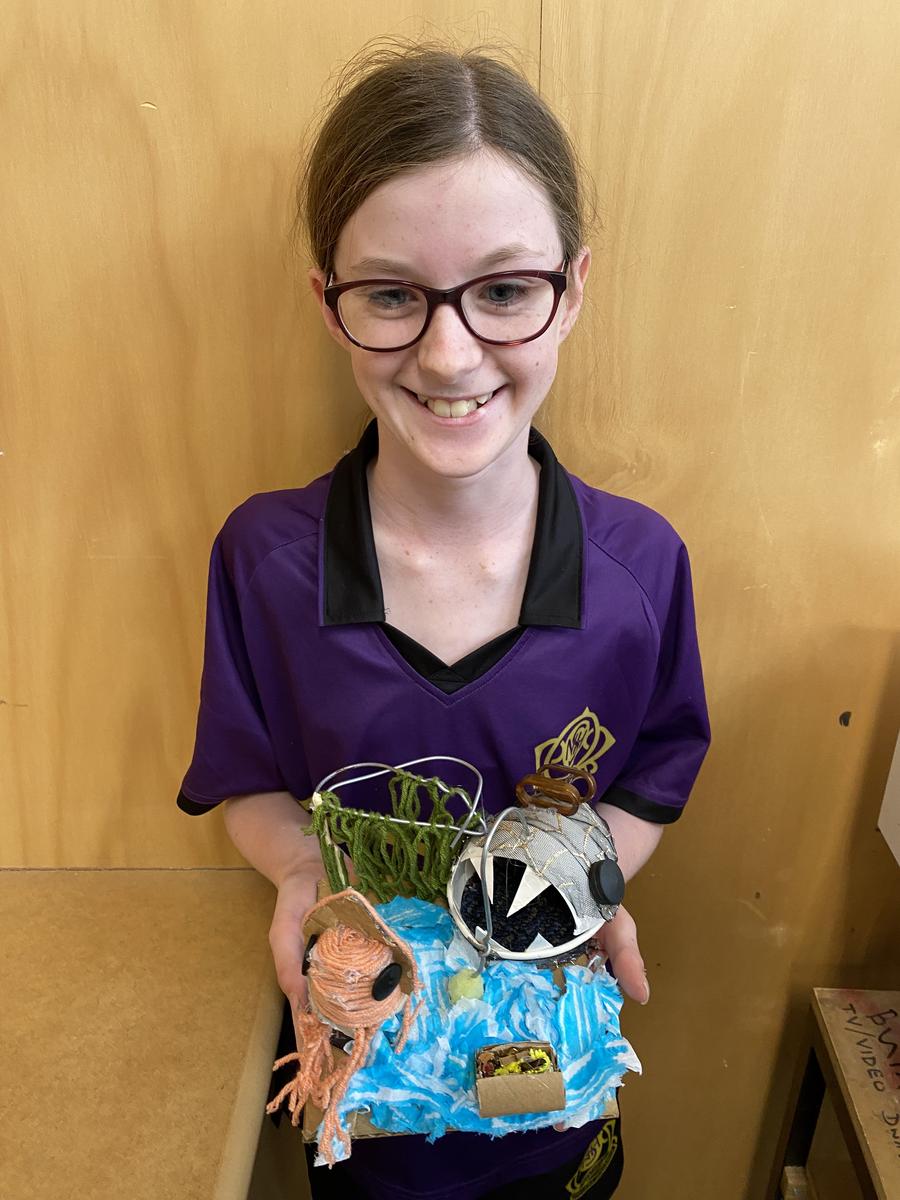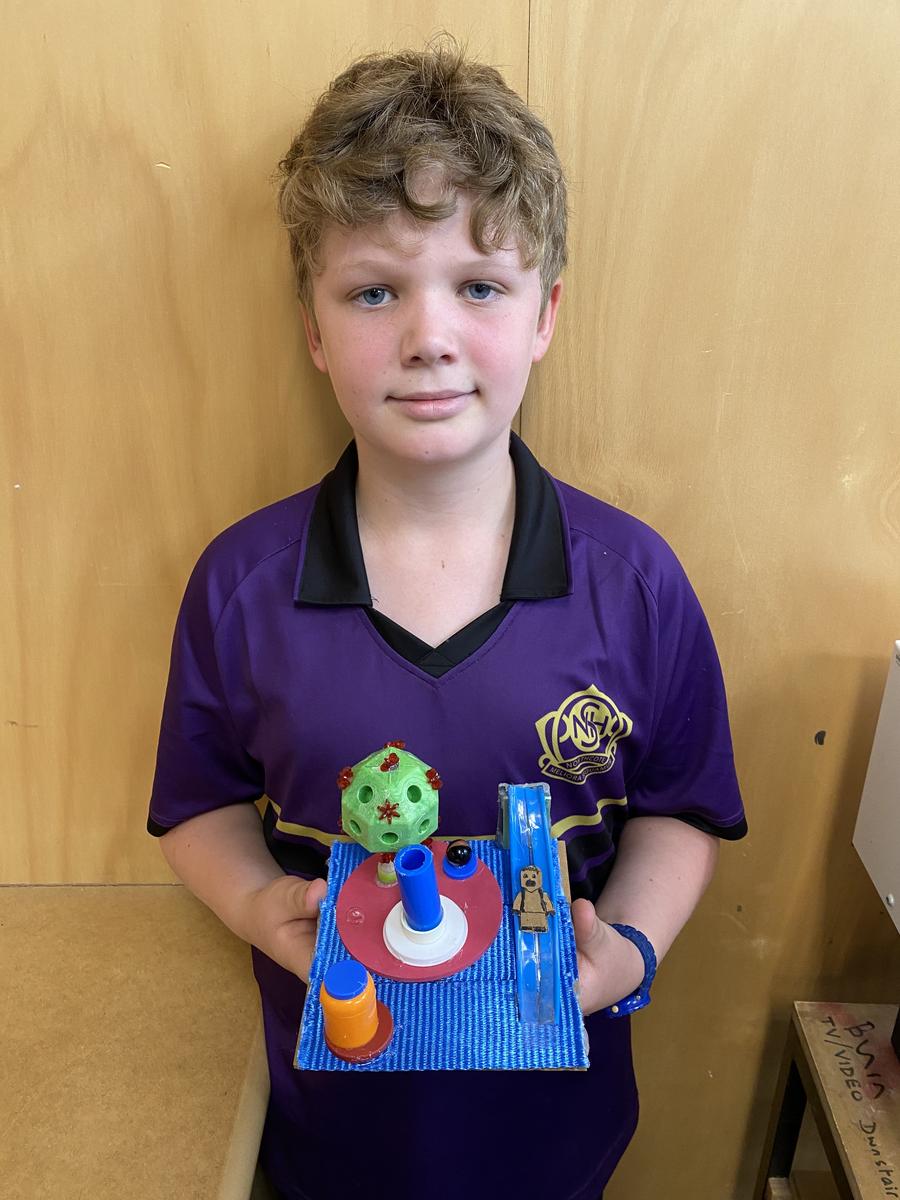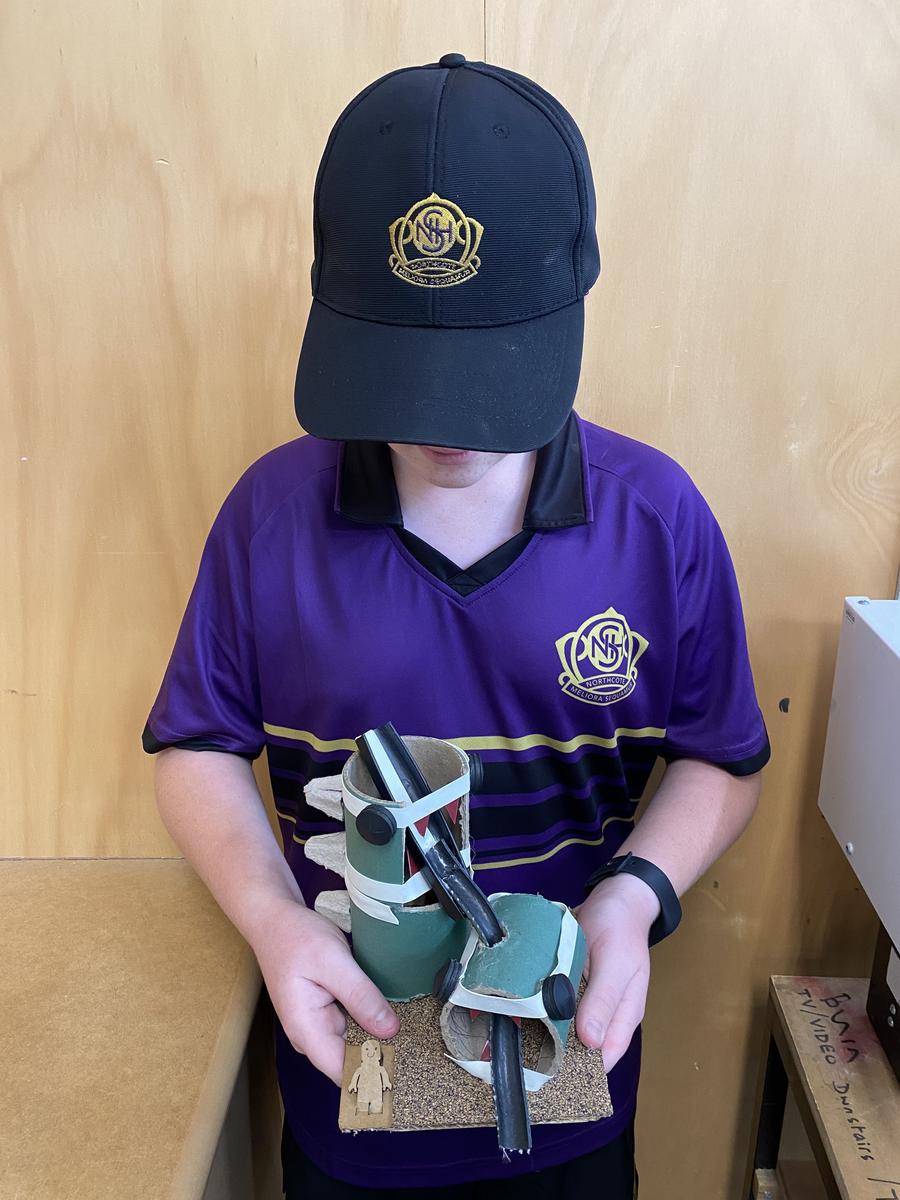Year 7 Product Design

Designing the playground of our dreams
In our first design lesson, all the students just sat there, staring in amazement. It was like we had walked into a magical forest, but the ancient trees were cupboards of sharpened saws; the vines, cascading in dense clusters were hot glue guns; the smell of cupcakes and sprinkles was replaced by the one which comes from years of woodchips; the wise, mysterious wizard was our teacher, Mr. Scott, who somehow managed to keep the serious injury count to zero; the huge, fire-breathing dragon was instead a huge, fire-breathing laser cutter. It was every year 7’s dream.
Our first mission was to build a playground. There weren’t too many constraints, but the ones we had were important: stick to a small square of cardboard, use recycled materials, build everything to scale, and don’t chop off your hands. Apart from that, we could do almost anything with playgrounds. The design room stopped being a magical fairy land, sprinkled in glitter. It became real. We were a part of it. We had to get everything that was inside each of our heads onto a piece of cardboard. Of course, having never used a hot glue gun without an adult carefully instructing and watching me every time I moved my hand slightly, my playground looks like a lot of glue exploded with some rainbow highlighters and an octopus made from wire.
What we looked at was making our playgrounds accessible to everyone, especially because too many real ones aren’t, and making them dangerous in a way that feels exciting but doesn’t get kids to break all their limbs. It might seem surprising, but the playgrounds that let people take risks have been statistically proven to be safer than the ones where kids get bored quickly and make silly choices. We had to keep these things, as well as sustainability, in mind when constructing. And that is how each of the 24 tiny playgrounds came into existence.
Nelleke Matthews, Year 7

